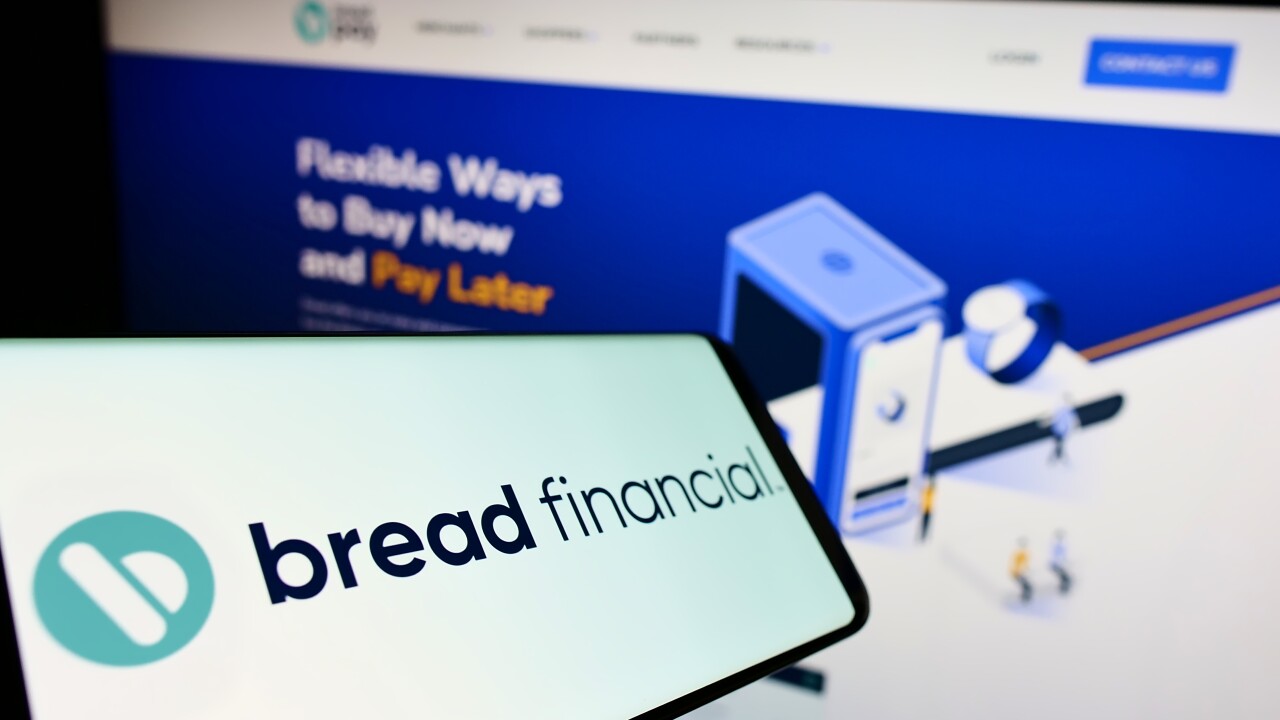Consumers and financial institutions generally will embrace mobile payments in two stages over the next few years, a new report by Javelin Strategy and Research suggests. For consumers, the first stage will continue until 2011, as younger consumers, mobile-banking users and higher-income individuals begin using the services, the report says. Those users will influence others to use person-to-person mobile payments because funds-transfer recipients will need to subscribe to collect the funds, according to the report. About one of every 10 consumers, or 20 million individuals, say they would use mobile P2P payments if service providers offer the service, and 14% of consumers say they have a neutral opinion of the services, the report says. It says that the 75% who say they are not likely to use it do not yet know the benefits mobile person-to-person payments might offer. From 2012 to 2013, the demand for P2P mobile-payment services will grow as more consumers conduct them, according to the report. In the United States, 157 million adults have mobile phones today, and by 2013, Javelin estimates 198 million U.S. adults will have cell phones, the report says. For financial institutions, the first stage for adoption of P2P payments will focus on offering the service as a tool to recruit and retain customers. In the second stage financial institutions will offer the services because of competitive pressures. Financial institutions could earn income from mobile-payments services because customers would pay a small fee for each transfer, according to the report. Financial institutions also could reduce their cash- and check-processing costs and labor expenses by encouraging the use of P2P mobile payments, the report says. "It is our belief that your old-fashioned wallet or purse will be replaced by your phone," James Van Dyke, Javelin's president, tells CardLine.
-
The bank asks a federal court to toss claims from five certified classes, arguing victims have been paid and that fraudsters are included in the suit.
8h ago -
BNY's Carolyn Weinberg believes blockchain technology could be the key to an always-on operating system for the New York-based custody bank.
9h ago -
The Richmond, Virginia-based bank expects to build 10 branches in Raleigh and Wilmington, North Carolina, over the next three years. M&A is on the back burner as the company also works to capitalize on its recent acquisition of Sandy Spring Bank in Maryland, CEO John Asbury said.
10h ago -
The North Carolina bank is the latest lender impacted by the bankruptcy of U.S. auto parts maker First Brands. First Citizens executives said credit was in good shape overall.
11h ago -
The agents could overcome the consumer inertia that keeps people in low-yield bank accounts, the consultants say.
11h ago -
The credit card issuer added two programs with home goods retailers Raymour and Flanigan and Bed Bath and Beyond during the quarter while also increasing its stock buyback allocation and dividend payouts.
October 23





